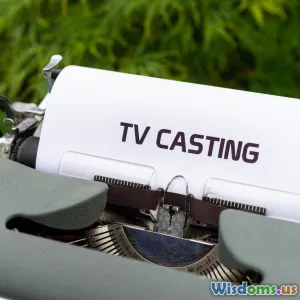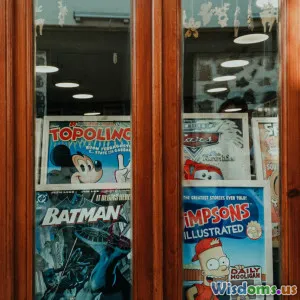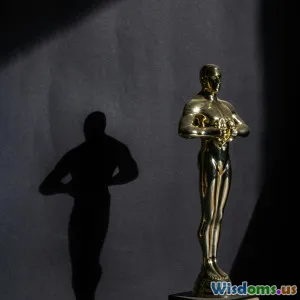
What Happens to Props After Filming Ends
17 min read Discover the fascinating journey of movie props after filming concludes, including storage, sale, reuse, and exhibitions. (0 Reviews)
What Happens to Props After Filming Ends?
On the big screen, props are much more than just background details—they are often essential tools in storytelling. The lights fade, the cameras stop rolling, but what becomes of that iconic sword, the battered desk in a detective’s office, or the alien artifact at the story’s center? The afterlife of film and television props is often as fascinating as their on-screen moments.
The Storage Labyrinth: Studios’ Vast Warehouses
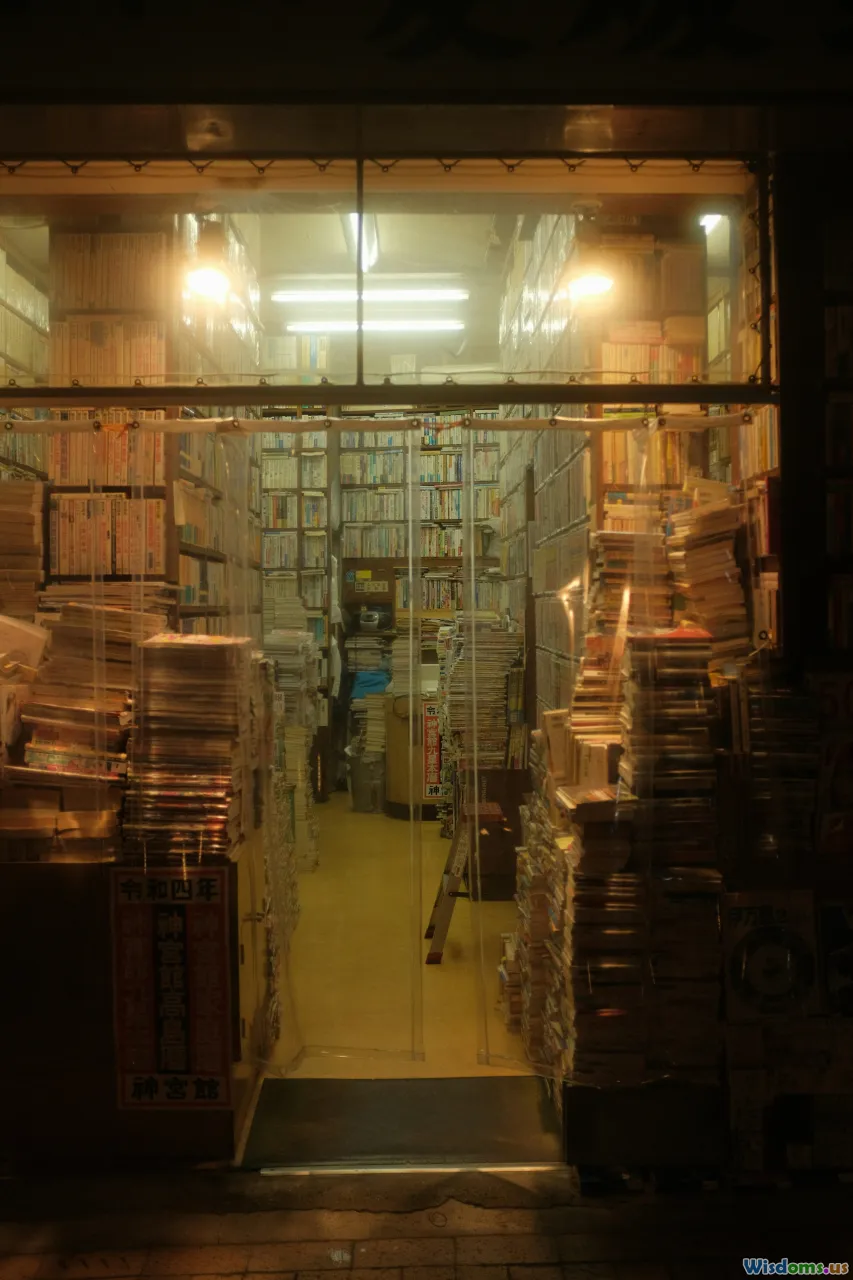
Ever imagine rows upon rows of crates, mythical masks perched atop filing cabinets, and swords nestled alongside mid-century lamp fixtures? That’s precisely what several major studios operate: expansive warehouses dedicated to the storage of props. Warner Bros., for example, maintains one of Hollywood’s largest prop houses, spanning a dizzying 320,000 square feet stuffed with everything from Grecian urns to gadgets seen in superhero flicks.
Why keep so many items? Many props have generic applications—think kitchen tables, couches, or period-accurate typewriters. These are frequently reused across productions to save both time and money. Period pieces especially benefit; a 1920s radio from an earlier drama can be revived next season in another story set decades past.
But storing props is not haphazard. Studios often use barcode systems to track and catalog items, sometimes down to the last chipped coffee mug. These inventories are typically available for production designers to browse, select, and reserve props before shooting begins. This structured approach not only preserves production design authenticity but contributes to sustainability in an industry frequently criticized for waste.
Examples in Practice:
- The Maltese Falcon prop from the 1941 film was stored away and later resurfaced at auctions and exhibits, but hundreds of less-famous props quietly reside on shelves, ready for their next close-up.
The Fate of the Iconic: Auction Block Stories
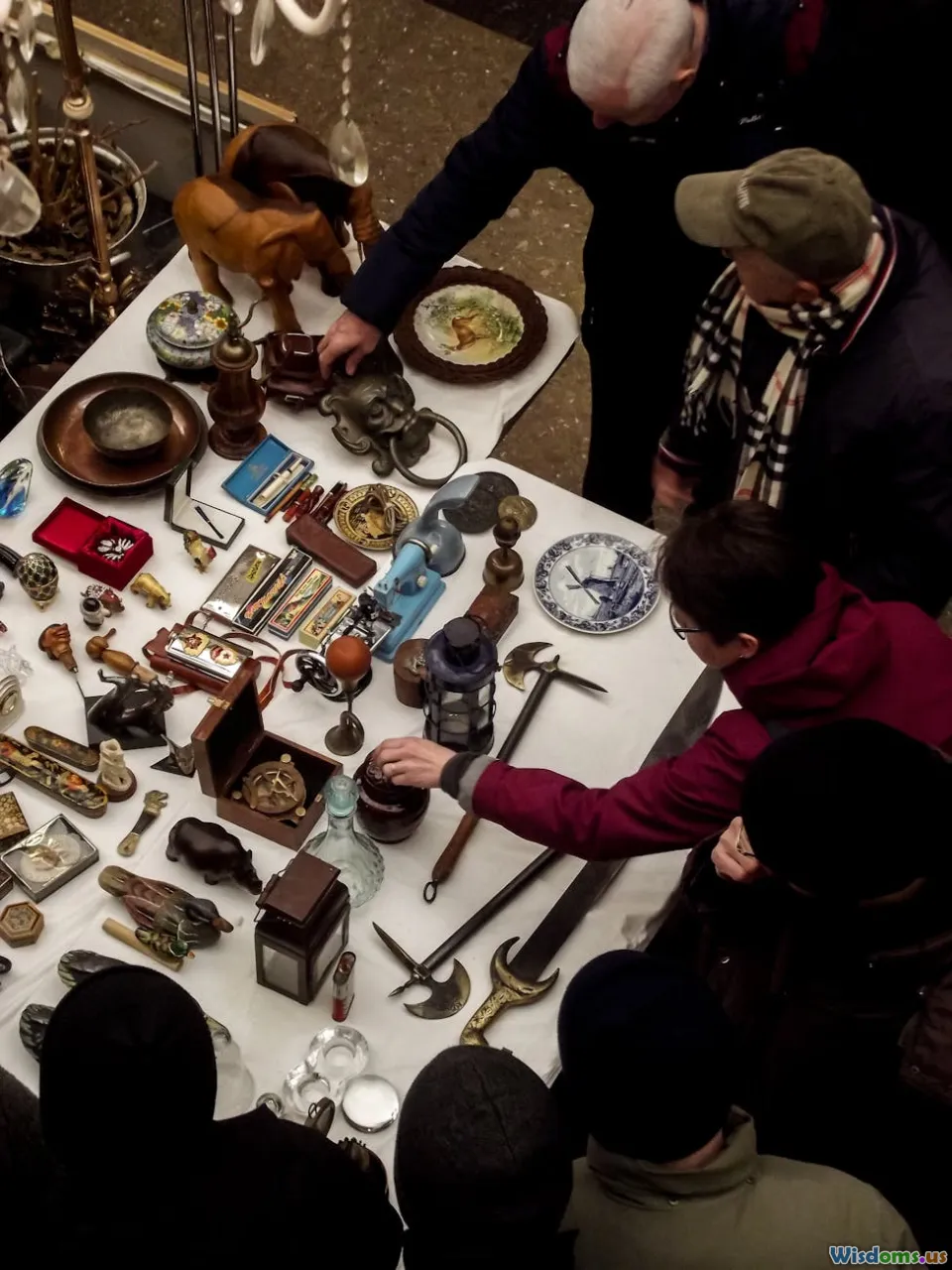
Not all props are destined for dusty shelves. Iconic items—those that spark instant recognition or hold sentimental value for fans—often find new homes via auctions. The business of movie memorabilia is thriving, with some props fetching staggering prices.
Take the original light saber wielded by Mark Hamill in “Star Wars: A New Hope.” In 2018, this piece was sold at auction for over $450,000. Indiana Jones’s fedora, Marty McFly’s self-lacing sneakers, and countless other pieces have surfaced at specialty auction houses like Prop Store, Heritage Auctions, and Julien’s Auctions. These organizations typically authenticate items, sometimes using screen-matching techniques or provenance documentation to ensure buyers receive genuine pieces.
Tips for Aspiring Collectors:
- Seek props with documentation (a certificate of authenticity is crucial).
- Know that "screen-used" means the prop appeared visibly on camera, usually the most valuable tier.
- Periodically, auction houses hold online previews letting fans see rare treasures up close—even if merely to window shop.
Films with significant cult followings—think “Back to the Future,” “The Lord of the Rings,” or Marvel blockbusters—fuel an ongoing market, transforming props into relics prized as much as works of art or famous historical artifacts.
Rent, Reuse, Recycle: The Sustainable Side
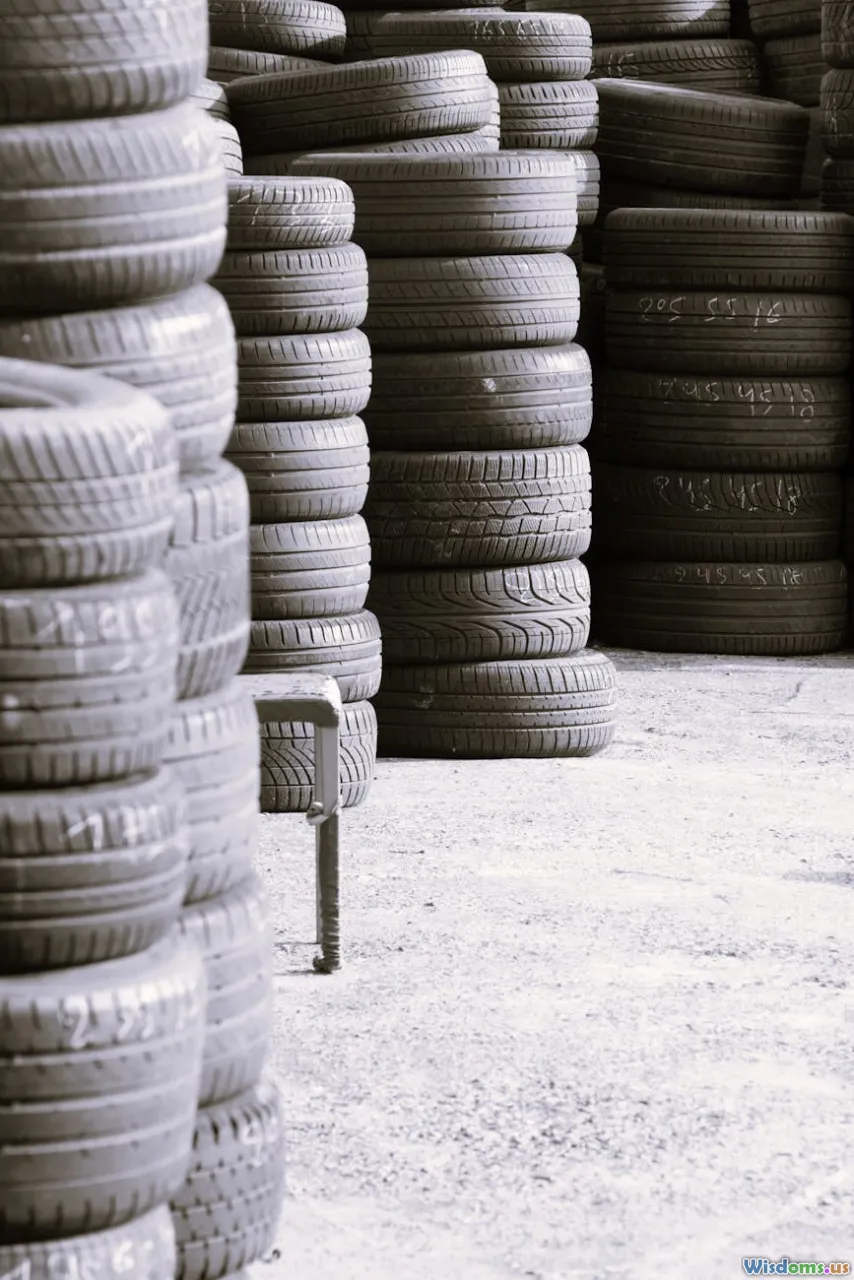
With sustainability on Hollywood’s agenda, prop houses aren’t just storage—they’re crucial to reusing and recycling resources in filmmaking. Between major productions, many props can be rented out to other films, TV shows, or even stage performances. Companies like Omega Cinema Props and Universal Property provide vast inventories to rent at daily or weekly rates.
Small indie sets—or even school productions—benefit from access to professional-grade objects, allowing high production value on limited budgets. Plus, for studios, the incentive is both cost-saving and eco-friendly, as fewer resources are spent manufacturing new props for every project.
Interesting Practices:
- Props made of recyclable materials (cardboard, fabric, non-toxic items) are separated and repurposed after a show wraps.
- Production designers collaborate with sustainability coordinators to plan for materials’ end-of-life, donating items to community theaters or schools when possible.
Concrete Example: The "Harry Potter" films sourced many of their set dressings from existing inventories and donated selected items to Lumos, J.K. Rowling’s charity, after the franchise ended.
The Bizarre, the Unique, and the Custom-Made
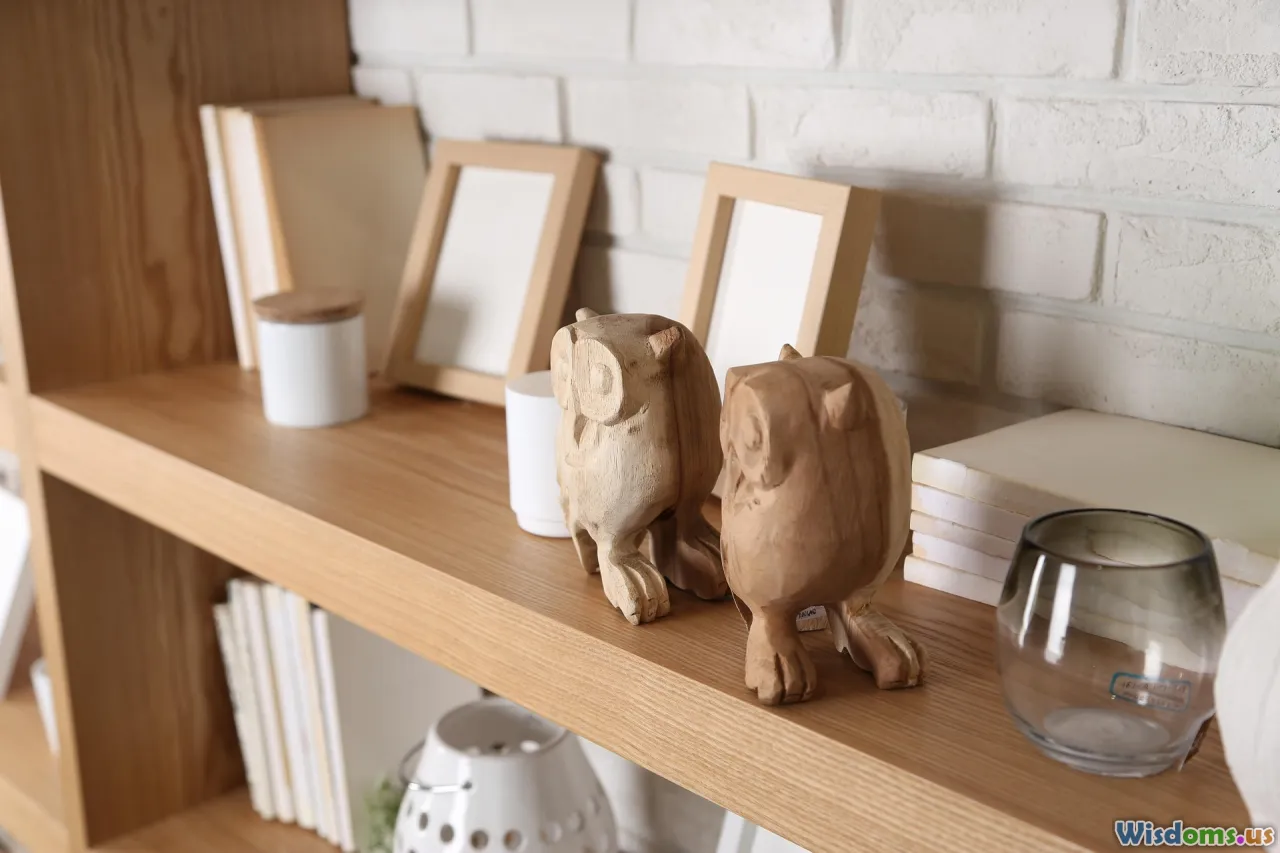
Some props are so tailored to a script’s need—they’re essentially unusable elsewhere. The alien egg from "Alien," the blood-soaked volleyball "Wilson" from "Cast Away," or the Golden Idol from "Indiana Jones" all fit this bill.
What happens to these props?
- Studios sometimes retain unique pieces for promotional tours or exhibition displays. For example, many original costumes and props from “The Lord of the Rings” are part of traveling exhibits.
- Creators or directors may negotiate to keep items (legally or sentimentally significant).
- Props can also become studio mementos, used in lobby displays or preserved in behind-the-scenes museums. The Warner Bros. Studio Tour in Los Angeles features rooms brimming with actual props from “Friends,” “Harry Potter,” and DC films.
It’s not always possible to keep such specimens untouched. Some fragile items deteriorate (think of practical effects from the ’80s and ’90s made of foam or latex), and duplication is rife—there are often several identical “hero” props for an actor, backups, and “stunt” versions designed to break on cue.
Note: Occasionally, standout items get destroyed purposely at a film’s end—particularly regarding dangerous props, practical effects, or when copyrighted designs are contractually mandated to be destroyed to prevent illegal reproductions.
When Cast and Crew Take Home Souvenirs

Behind nearly every actor’s or director’s shelf sits at least one beloved piece: a cameo item, a badge, a prop weapon. As a kind of emotional severance, production teams often let cast and crew keep a token or two after their work concludes. This ritual cements personal connections and enlivens Hollywood’s oral histories.
Famous Examples:
- Chris Hemsworth took home several Mjolnir hammers from the set of “Thor”—and reportedly has them scattered across his house.
- Daniel Radcliffe kept a pair of round Harry Potter glasses from the last two films.
- Bryan Cranston still owns the notorious Walt Whitman book from “Breaking Bad.”
Of course, not every prop can be claimed by performers. Studio policy, the prop’s importance, or insurance considerations sometimes require props to be formally returned or even archived.
Museums and Traveling Exhibitions: Props on Display
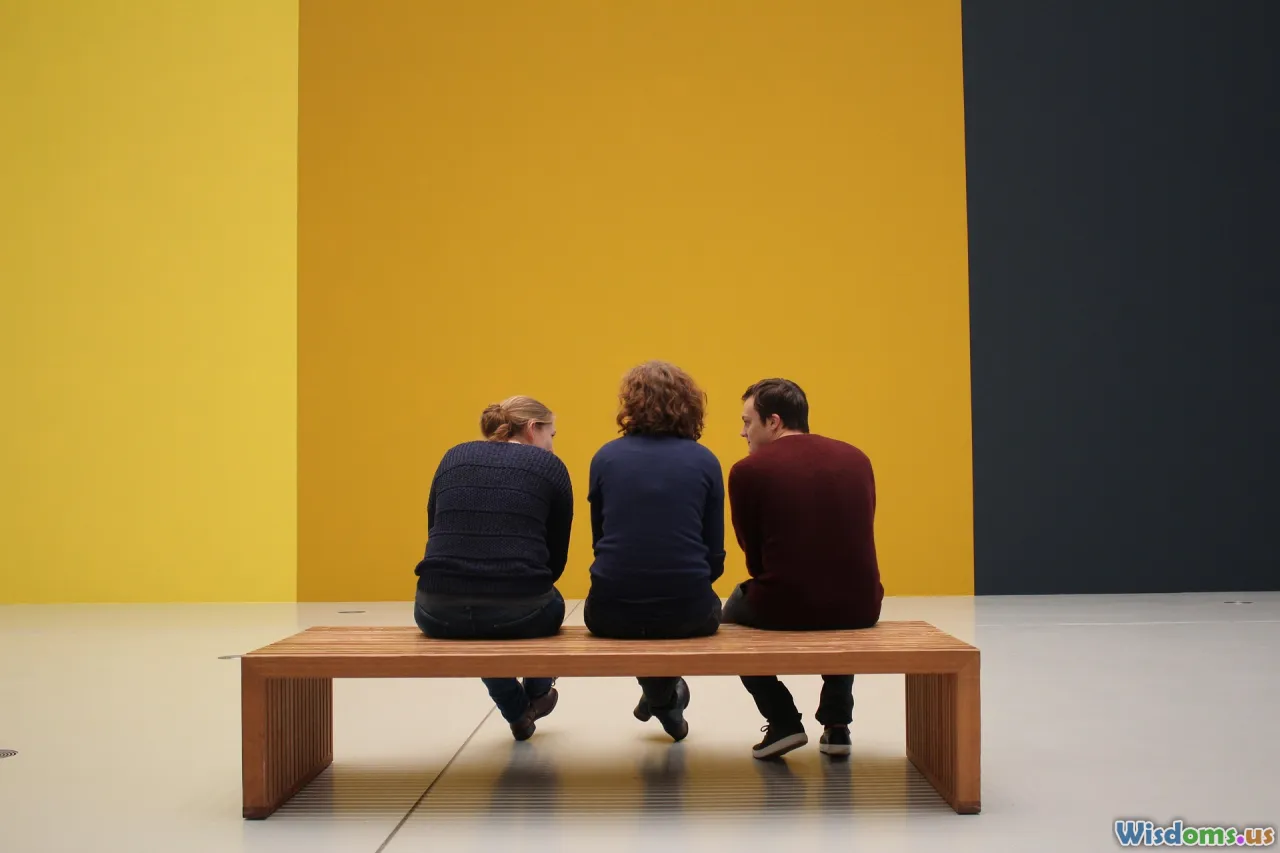
For true fans, nothing beats standing inches away from a genuine object from their favorite film. Recognizing this, studios increasingly collaborate with museums and event organizers to curate displays.
Permanent collections—like the Academy Museum of Motion Pictures in Los Angeles—feature celebrated items such as Dorothy’s ruby slippers or R2-D2 from “Star Wars.” Traveling shows, such as “The Art of Marvel” or “Harry Potter: The Exhibition,” let props tour the globe, giving millions access to tangible film history.
The Journey Behind Displays:
- Items are often rotated on and off view to reduce exposure to light and handling, which can further degrade fragile materials.
- Literary institutions (like the British Library) sometimes partner for cross-media exhibits where books and screen-used props share a narrative space.
Displays are more than fan service: they position film memorabilia as part of cultural heritage.
The Demise of the Disposable: When Props are Trashed
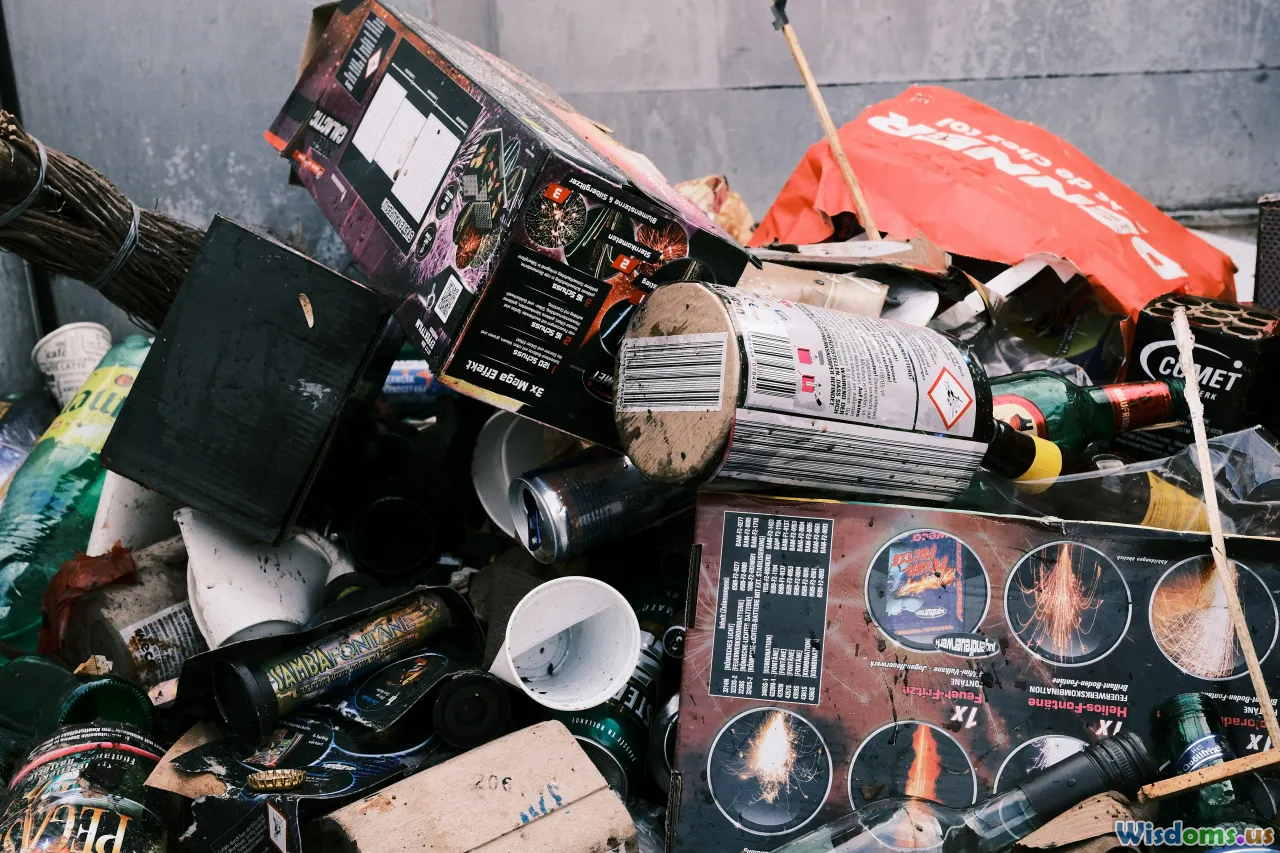
Sadly, not every film prop survives the wrap party. Faced with practical limitations—cost, repairs, or lack of sentimental value—some props end up discarded.
Film productions are agencies of scale—and so is their waste. Flimsy cardboard food for background shots, battered “breakaway” glass bottles for fight scenes, or prop food (which can rot) is often thrown out. Additionally, props too damaged or specific are rarely saved unless for behind-the-scenes nostalgia.
Efforts to reduce waste have grown. Organizations like Reel Green and EcoSet work with studios to donate, recycle, or compost set pieces and props when productions close down. Some companies even partner with online resale platforms so fans and small theaters can purchase one-of-a-kind pieces destined for the landfill.
Case Studies:
- Costume and prop donations post-filming bolstered the Los Angeles Unified School District’s theatrical departments.
- Props from “Game of Thrones”—after filming in Croatia and Ireland—were either recycled locally or repurposed in other HBO productions to close the waste loop.
Legal and Copyright Barriers: Why Props Can’t Always Resurface

Just because you saw a prop on screen doesn’t mean it can freely change hands. Intellectual property law is tightly woven into prop management, particularly in big-budget and franchise-based filmmaking. Studios often claim broad rights over original designs, which can restrict auctions, public display, or even actor souvenirs.
Factors to Consider:
- Franchise productions (especially in the Marvel or Disney umbrella) restrict prop release to prevent spoilers and counterfeits.
- Some working props—such as practical firearms or valuable jewelry—require legal documents for transfers.
- Prop duplicates often muddy the waters: which is the “original,” and which merely a background copy? Screen matching and documentation resolve most disputes.
In some cases, destruction is required by legal obligation. For example, confidential set technology or trade-secret prototypes are routinely shredded after use to prevent leaks or industrial espionage.
The World Beyond: Props as Art, Inspiration, and Onward Stories

A film prop’s journey doesn’t always end strictly on a shelf or in a display case—it may be reborn as inspiration for artists, fans, and hobbyists. Movie prop reproductions, either officially licensed or enthusiast-made, stir vibrant communities online and at conventions.
Creative Inspiration:
- Cosplayers recreate intricate props—such as Captain America’s shield or Lara Croft’s twin pistols—for conventions and competitions.
- Artisans sell custom-made replicas of celebrated props to collectors, often crafting interpretations that rival originals.
- Some props spark entire fan “builds”—homemade Batmobiles, Ghostbuster proton packs, and Star Wars droids.
For emerging creatives, broken and cast-off props offered cheap at prop sales become the sparks for new projects, often finding surprising second acts in student films or DIY art installations.
How to Get Your Hands on Screen-Used Props
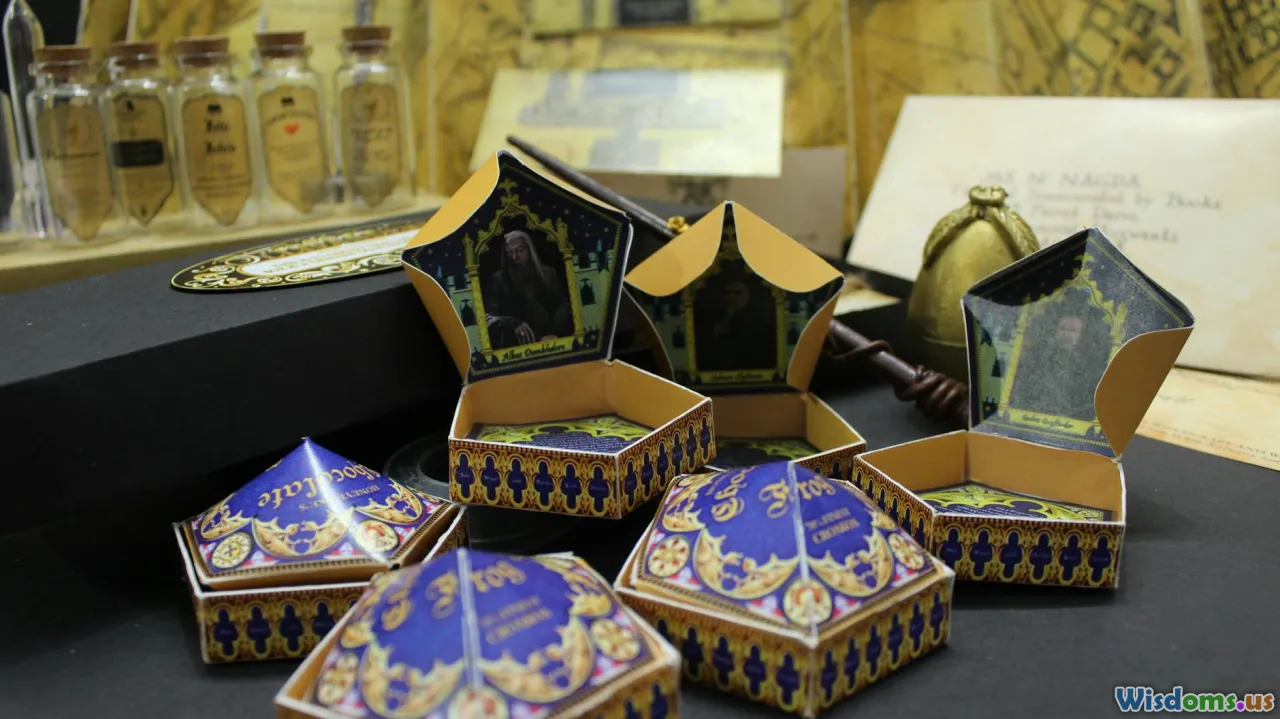
Dream of owning a piece of movie history? Here’s practical guidance for diving into the prop collector's world:
1. Follow reputable prop auction houses.
- Start with Prop Store, Heritage Auctions, or Julien’s Auctions. Subscribe to their newsletters for upcoming sales and previews.
2. Use authentication resources.
- Invest only in items with provenance: a studio COA, video/photo documentation, or third-party evaluation.
3. Seek community advice.
- Film prop collecting forums, Reddit threads, or Facebook groups can steer you away from fakes and help you understand fair pricing.
4. Attend events and exhibitions.
- Some traveling shows and conventions host dealer rooms or charity auctions where minor screen-used props can be found without breaking the bank.
Remember: The fewer props made for a film—and the closer to a principal actor’s hands—a prop was, the pricier (and more coveted) it becomes.
Next time you watch a favorite film, consider the set beyond the action: every sign, spoon, desk, and gadget not only tells a character’s story but continues a journey of its own, shaping new tales long after the credits roll.
Rate the Post
User Reviews
Popular Posts











